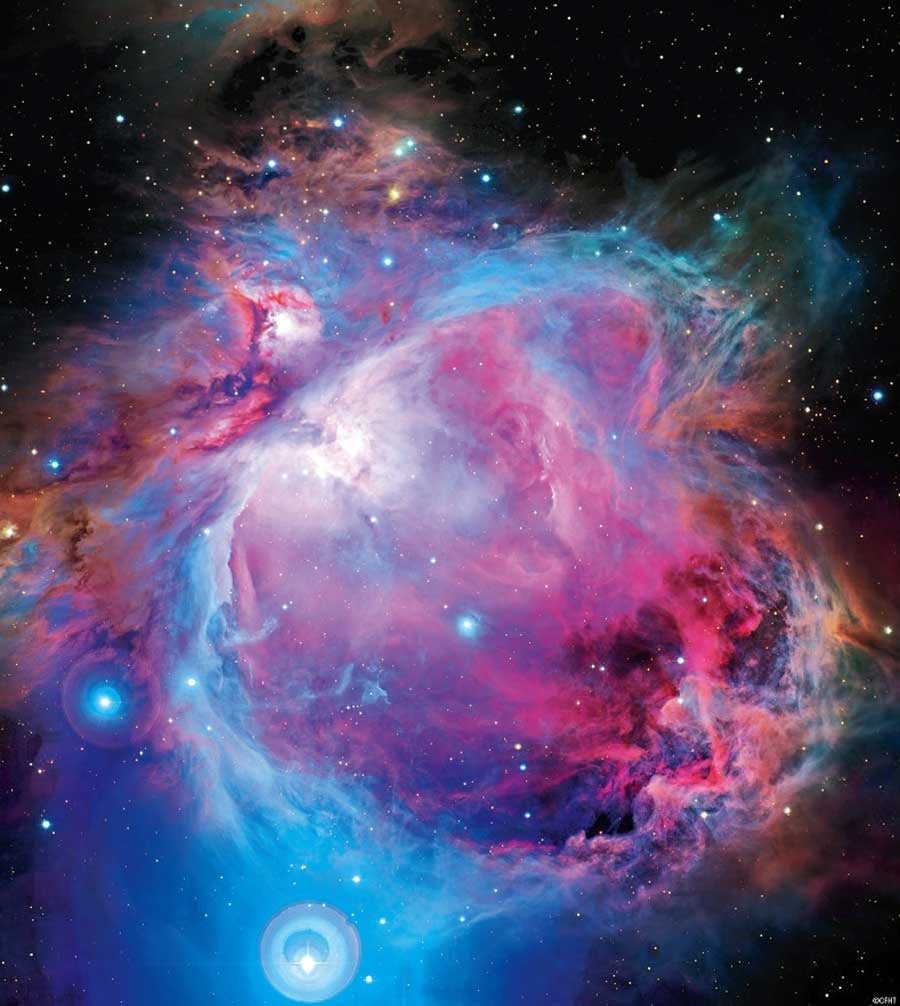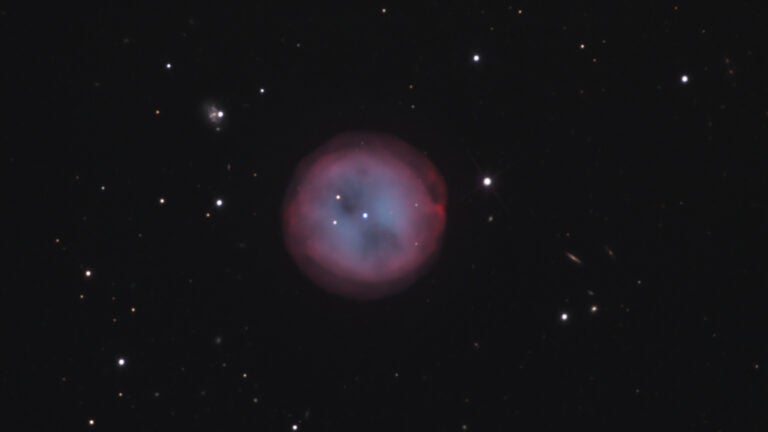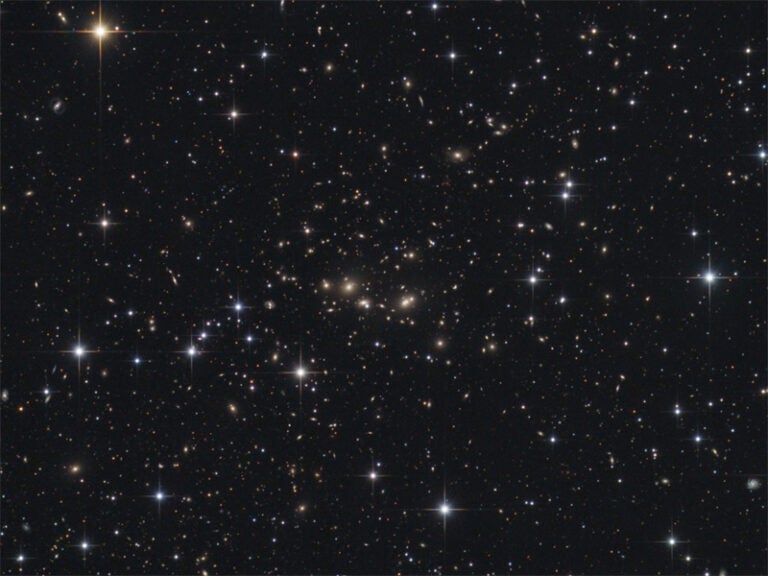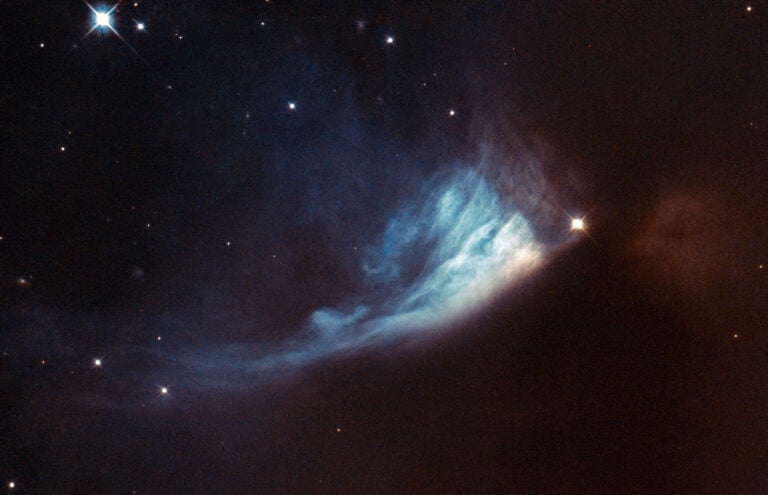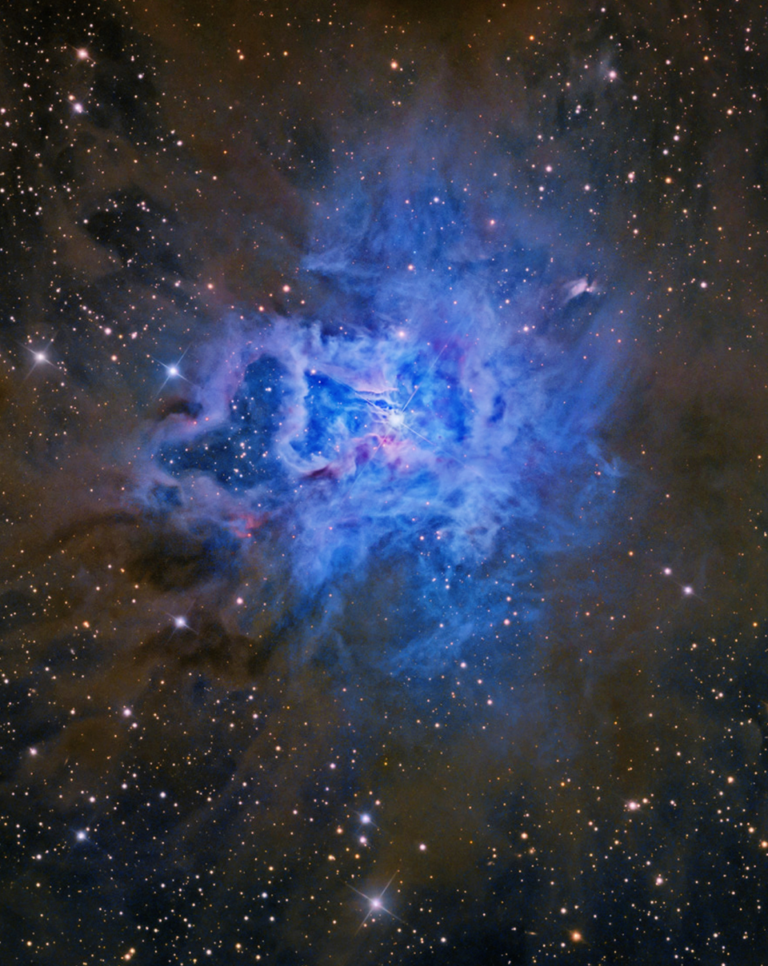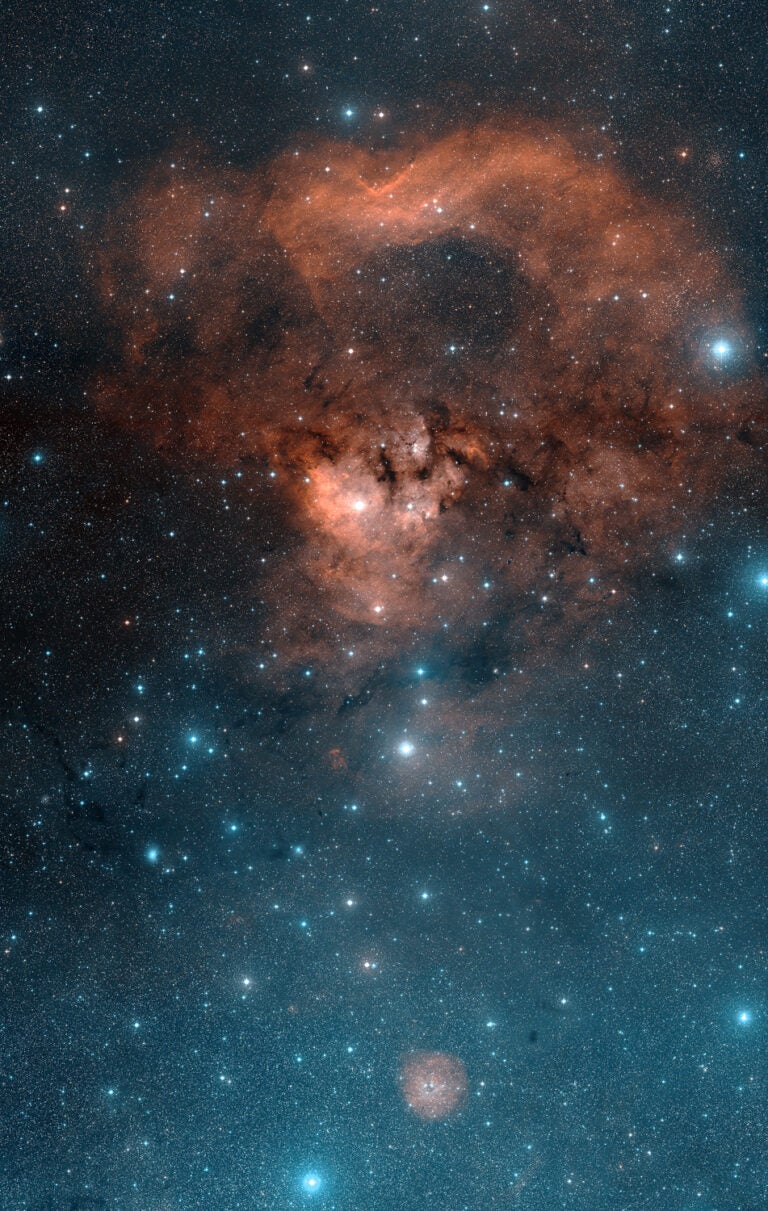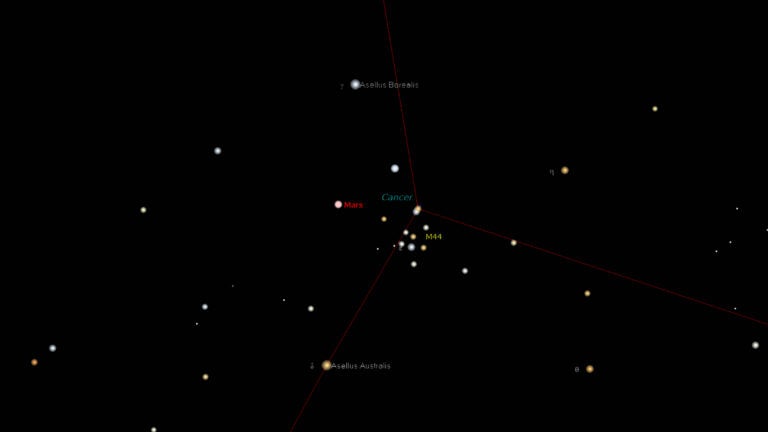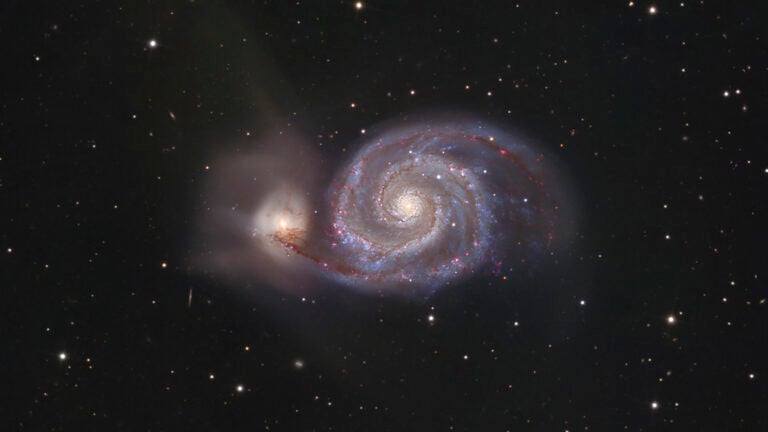Targets for January 16–23, 2014
Binoculars: The 9–12 Geminorum Cluster
Small telescope: The Orion Nebula (M42)
Large telescope: The Flame Nebula (NGC 2024)
This week’s binocular object is the unusually named 9–12 (pronounced “9 through 12”) Geminorum Cluster, an asterism in Gemini.
Although the written form looks like a calendar designation, this asterism’s name has nothing to do with any date. Rather, it refers to numbers given to four stars by the first British Astronomer Royal, John Flamsteed (1646–1719). During his surveys of the constellations, Flamsteed assigned numbers to the stars in each constellation as their right ascensions increased. His entire list contains 2,554 stars.
Although most astronomers no longer refer to the majority of stars by their Flamsteed numbers, a few famous exceptions exist: 61 Cygni was one of the first stars to have its proper motion determined; 51 Pegasi, in 1995, became the first Sun-like star found to have a planet orbiting it; and 47 Tucanae, also known as NGC 104, is the sky’s second-brightest globular cluster.
So, the four stars in the 9–12 Geminorum Cluster are 9, 10, 11, and 12 Geminorum. Their magnitudes are 6.3, 6.6, 6.9, and 7.0, respectively. This small cluster, which has a total magnitude of 5.7, also carries the designation Collinder 89. It lies about 1.5° northwest of magnitude 2.9 Mu (μ) Geminorum. The 9-12 Geminorum Cluster measures 1° across and makes a nice binocular target.
The Great Nebula
This week’s small telescope target is the magnificent Orion Nebula, also known as M42. And although for this podcast I’ve categorized it as a “small telescope” target, you can spot this nebula without optical aid, through binoculars, or with a telescope of any size.
Prior to the telescope’s invention, celestial cartographers cataloged this region as a star. Bayer, in his Uranometria, assigned it the Greek letter theta (θ). French patron Nicolas-Claude Fabri de Peiresc (1580–1637) first spotted the nebula in 1610.
M42 ranks as the sky’s second-brightest nebula. Only the Eta Carinae Nebula, which lies in the southern sky, outshines it. Easily seen from a dark site, sharp-eyed observers can detect 4th-magnitude M42 as a cloudy patch even under moderate light pollution.
Large telescopes show the full extent of this object, which covers an area 6 times the size of the Full Moon. Although you don’t need a nebula filter, using one at a dark location accentuates the contrast between the light and dark regions.
Only 0.1° north-northeast of the Orion Nebula’s center lies M43 (NGC 1982). It is often called De Mairan’s Nebula in honor of its discoverer, French mathematician Jean-Jacques D’Ortous de Mairan (1678–1771). Note M43’s sharp eastern edge. There, a region of dark nebulosity overlaps the brighter area.
Fanning the Flame
This week’s large telescope target is the Flame Nebula in Orion, also known as NGC 2024. The Flame Nebula lies not quite 4° north-northeast of the Orion Nebula. If you dial in this distance, however, you’ll find yourself staring at magnitude 2.0 Alnitak (Zeta [ζ] Orionis), the southernmost star in Orion’s Belt. The Flame Nebula sits only 15′ southeast of this luminary, so increase the magnification past 100x — make that 200x — and move Zeta out of the field of view. You can try using a nebula filter, but even it won’t dim dazzling Zeta enough.
When you observe the Flame Nebula, remember that it covers the same area as the Full Moon. So, while its surface brightness is low, there’s still lots of detail to be gleaned from this object, especially through telescopes with apertures greater than 11 inches. Look first for a dark lane that extends north-south, and then spend some time on each side of the lane trying to pull as much detail as you can out of the nebulosity.
In addition to the nebulosity, be sure to spend some time observing Alnitak, a fine triple star. The two main components, separated by 2.6″, shine at magnitudes 1.9 and 3.4. A 4-inch telescope will separate them easily. The tertiary star, which glows at magnitude 9.5, sits 57″ northeast of the brightest component.
NGC 2024’s main common name, the Flame Nebula, is easy to explain when you see it as part of any astronomical image. Astronomy magazine Contributing Editor Stephen James O’Meara gave it three other names, but the one I like best is the Ghost of Alnitak. Called that, it brings to mind a similar object, Mirach’s Ghost (NGC 404) in Andromeda.
Famed Canadian astroimager Jack Newton dubbed this object the Tank Tracks Nebula. Through large telescopes, Newton had seen regular spacing in the nebulosity on either side of the dark lane.
Expand your observing at Astronomy.com
StarDome
Check out Astronomy.com’s interactive StarDome to see an accurate map of your sky. This tool will help you locate this week’s targets.
The Sky this Week
Get a daily digest of celestial events coming soon to a sky near you.
Observing Talk
After you listen to the podcast and try to find the objects, be sure to share your observing experience with us by leaving a comment at the blog or in the Reader Forums.

